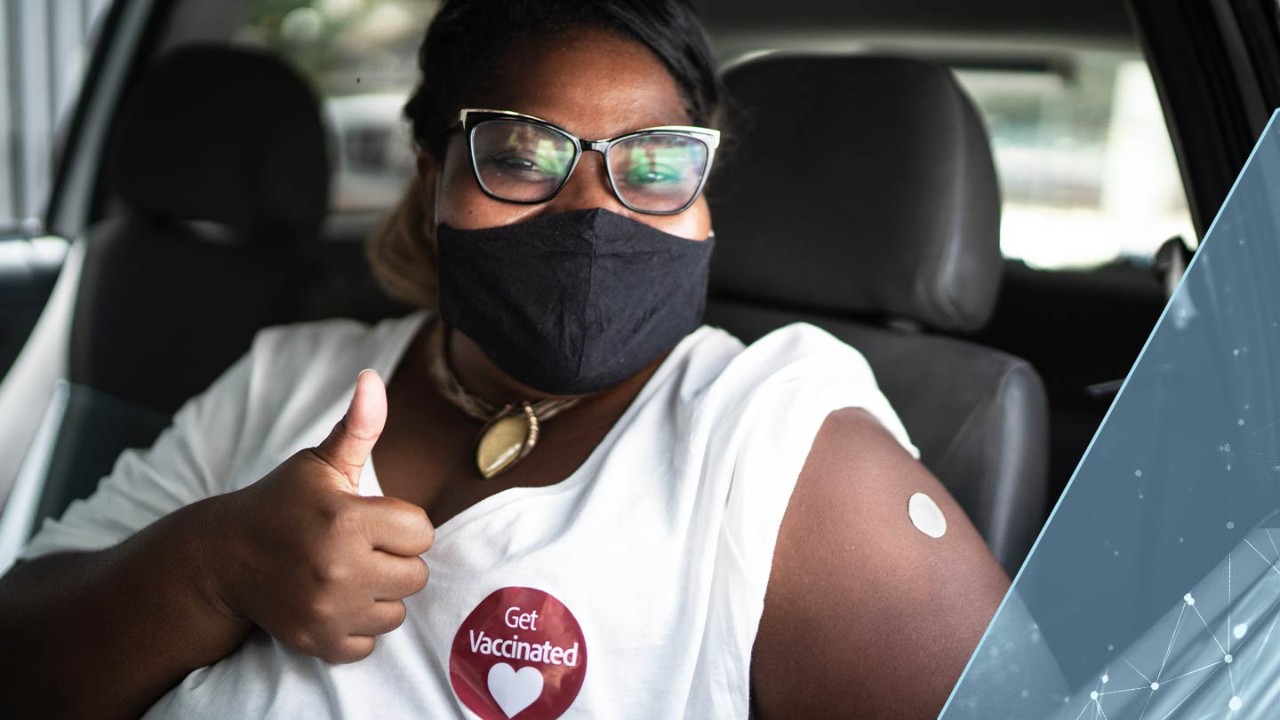3 Ways to Support Vaccine Confidence & Messaging
Written by Ann Gordon, Brandi Alford, and Allison Kennedy
Written by Ann Gordon, Brandi Alford, and Allison Kennedy

Local media coverage plays a valuable role in COVID-19 vaccine hesitancy—or confidence. During a time of national crisis, like the coronavirus pandemic, connecting constituents with trusted health information and clear messaging from sources such as local health officials can impact vaccine uptake.
Research has shown that the volume and frequency of media coverage influences public opinion. With a disproportionate number of articles emphasizing vaccine hesitancy, it could become a self-fulfilling prophecy. Negative vaccine media coverage may promote hesitancy, further complicating efforts by public health officials to achieve vaccine goals.
A quick scan of local media (i.e., newspapers, radio programs, and televisions shows) in five geographically dispersed states was conducted in February 2021. The states were strategically chosen based on having counties where the highest and lowest rates of vaccine uptake reflected a difference of at least 10%.
Results showed that most local COVID-19 vaccine media coverage was either neutral or positive. Thematically speaking, the coverage highlighted vaccine supply and logistical challenges, such as making appointments rather than hesitancy as the limiting factors.
However, now that vaccine supply has increased and some of the earlier logistical challenges have eased, the vaccine hesitancy debate in local headlines may shift to reflect safety concerns, such as the recent pause of the Johnson & Johnson vaccine. Local media coverage may also highlight vaccine resistance among certain sub-populations, such as minority communities or parents of youth who recently became eligible to receive the Pfizer vaccine.
Going forward, states and local health authorities should consider the following three strategies when crafting vaccine messaging to local populations:
Further examination of how vaccine hesitancy and vaccine confidence is framed at the national, regional, and local levels as vaccination efforts continue may warrant important lessons learned for future public health endeavors aimed at improving health through vaccination.
Want to stay updated on the COVID-19 vaccine rollout? Check out our health innovation insights. And feel free to share this post with those you care about.
Chief Medical Officer